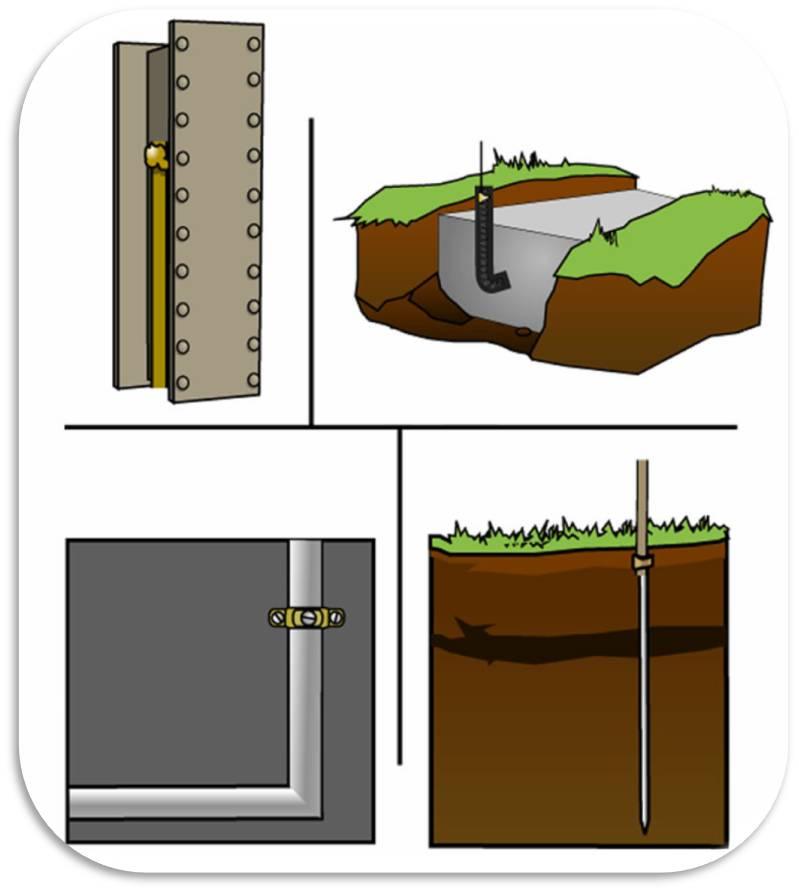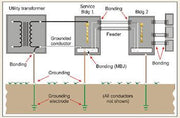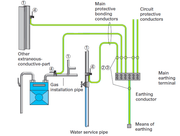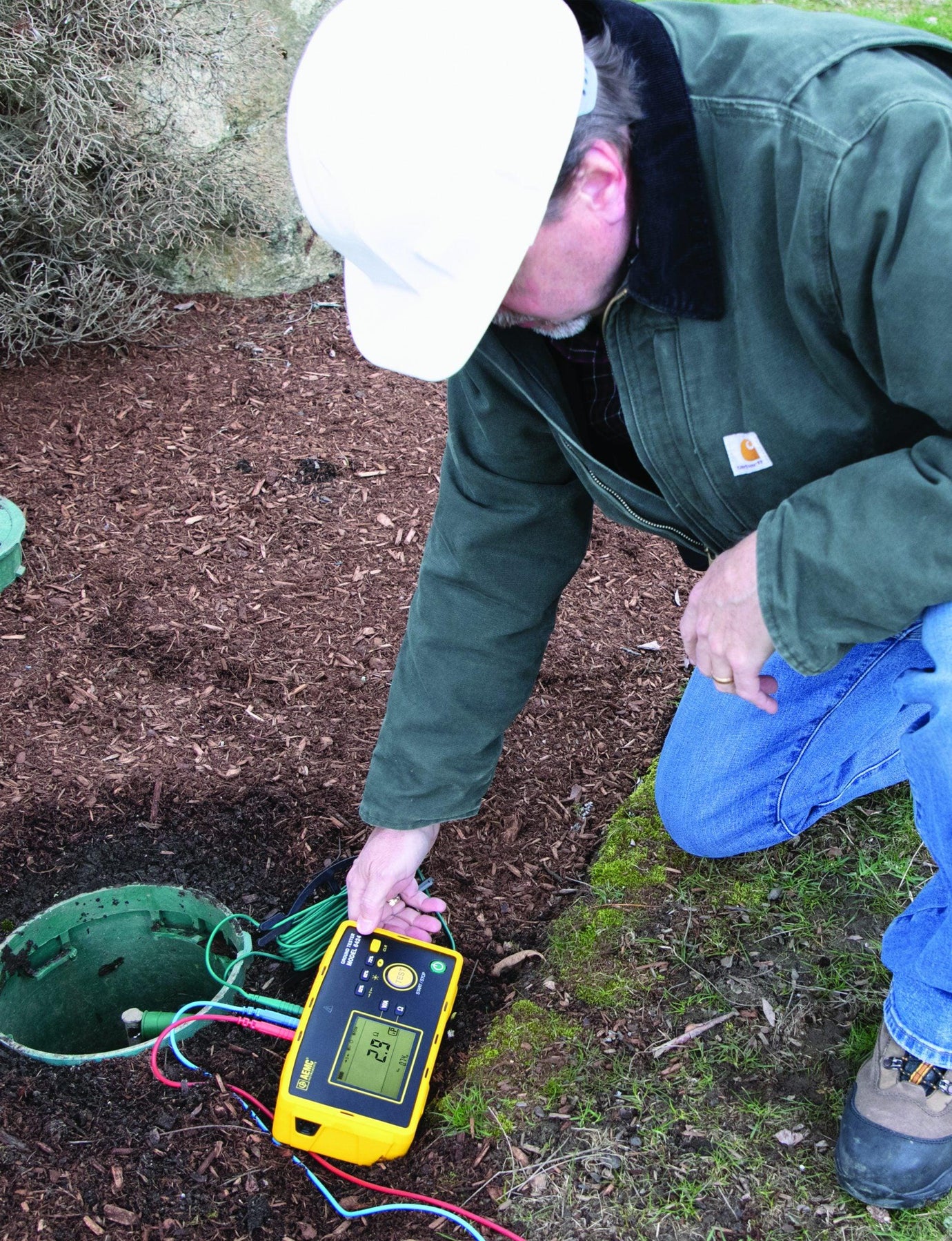The Importance of Grounding and Bonding: Safeguarding Your Electrical Systems
Grounding and Bonding: The Basics
At their core, grounding and bonding serve to ensure the safe flow of electricity. Grounding is the process of creating a direct, safe path for electrical energy to be discharged into the earth, essential for managing fault current and stabilizing voltage. On the other hand, bonding connects various conductive materials within a system to create uniformity in electrical potential, preventing potential voltage difference that could pose danger.
Implications for Electrical Safety and System Health
Grounding and bonding contribute immensely to the overall health and safety of an electrical system. They act as the first line of defense against electrical shocks and fire, provide essential protection for circuits, help stabilize voltage levels, and ensure the correct flow of electrical current. Additionally, they enhance the effectiveness of safety devices such as Ground Fault Circuit Interrupters (GFCI) and overcurrent protection mechanisms.
Code Compliance and Maintenance
A properly implemented grounding and bonding system ensures compliance with the National Electrical Code (NEC), which sets the standard for safe electrical installation. Regular electrical inspections and maintenance can help identify any potential issues with these systems, ensuring continued safety and efficiency.
Challenges and Trade-Offs
Achieving the correct balance in grounding and bonding systems isn't always straightforward. Each system must be designed with consideration of multiple factors, including ground potential rise (GPR), ground loop issues, harmonic distortion management, and electromagnetic interference (EMI) protection.
Cost is another trade-off that may influence the quality and safety of the grounding and bonding system. While more advanced equipment may be more expensive, it often provides a safer and more durable solution.
Grounding vs. Bonding
While these terms are often used interchangeably, grounding and bonding serve different yet complementary roles. Grounding protects against voltage surges (such as those caused by lightning) and prevents the buildup of static electricity. Bonding, on the other hand, prevents a potential difference between different metallic objects, which could result in shock or electrocution if a person were to touch two such objects simultaneously.
The Role of the Earthing System
An earthing system, consisting of grounding electrodes such as metal rods driven into the ground, is a key element in the grounding process. It allows for the safe discharge of electrical energy into the earth, protecting against electrical overloads and preventing dangerous voltage levels in the event of a fault.
Conclusion
Understanding the importance of grounding and bonding is crucial for anyone seeking to ensure the safety and efficiency of their electrical systems. While it may seem complex, these processes play an invaluable role in maintaining electrical safety and preventing potential harm.
Remember, while understanding the basics is beneficial, the implementation of these systems should be left to the professionals. Licensed electricians possess the knowledge, skills, and tools necessary to ensure these procedures are done correctly and safely, according to code requirements.











